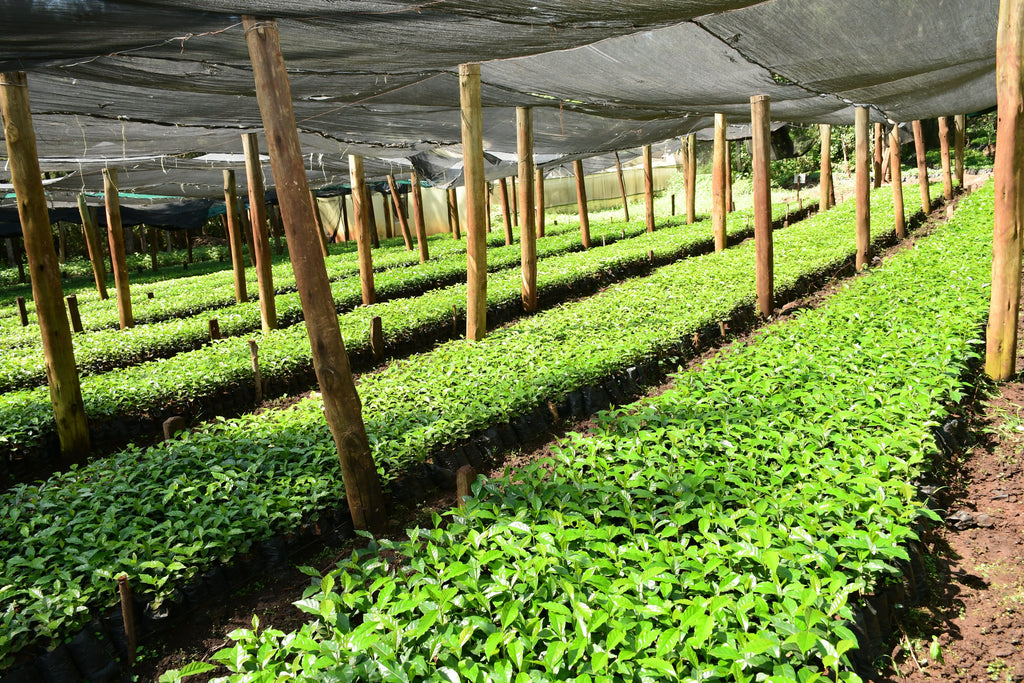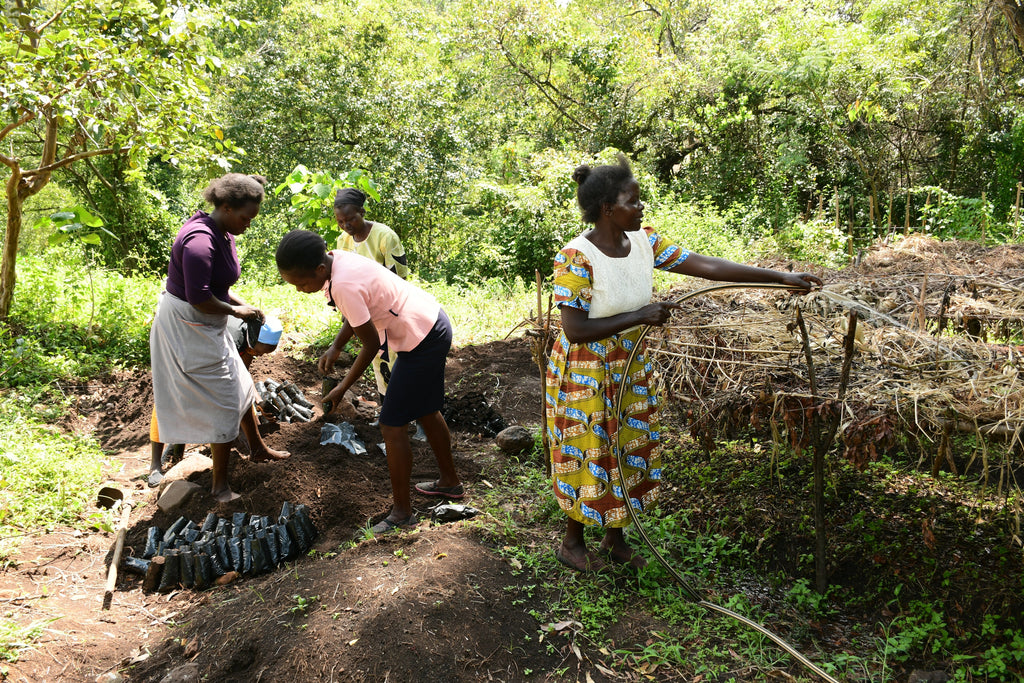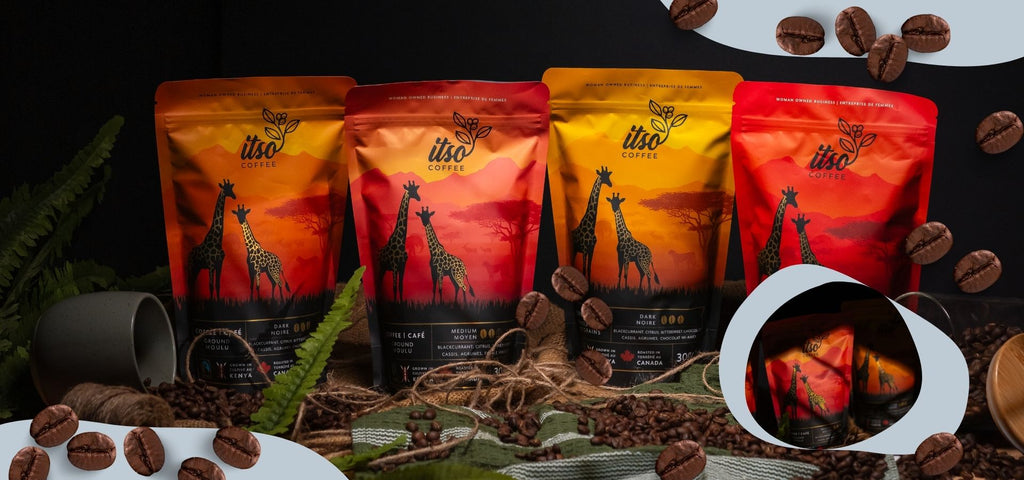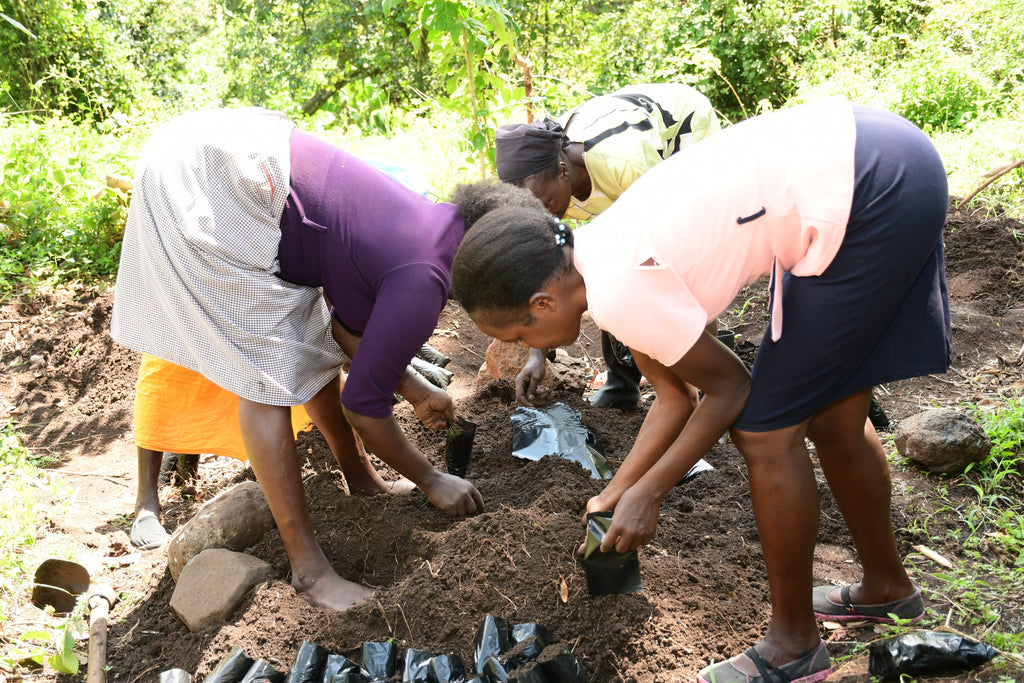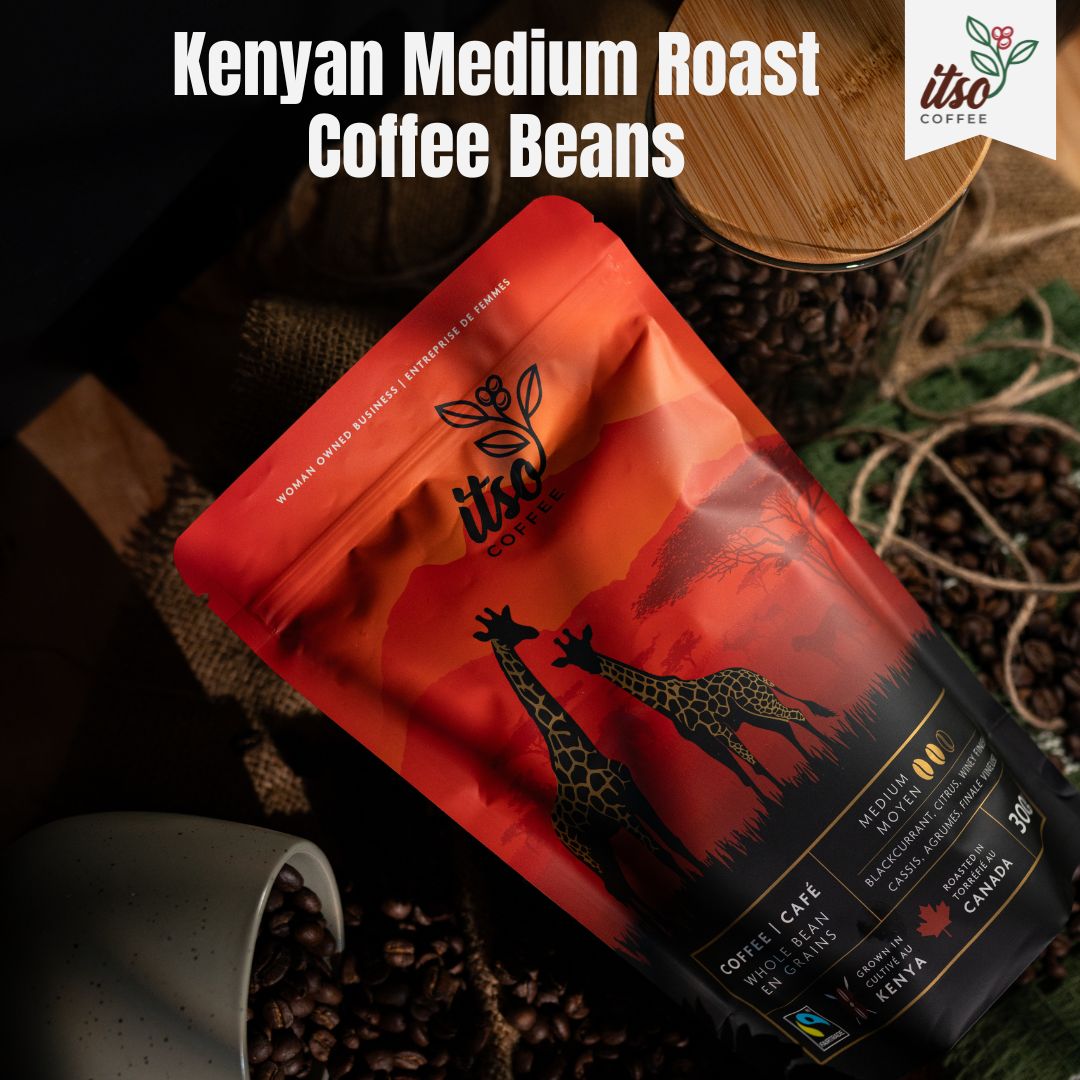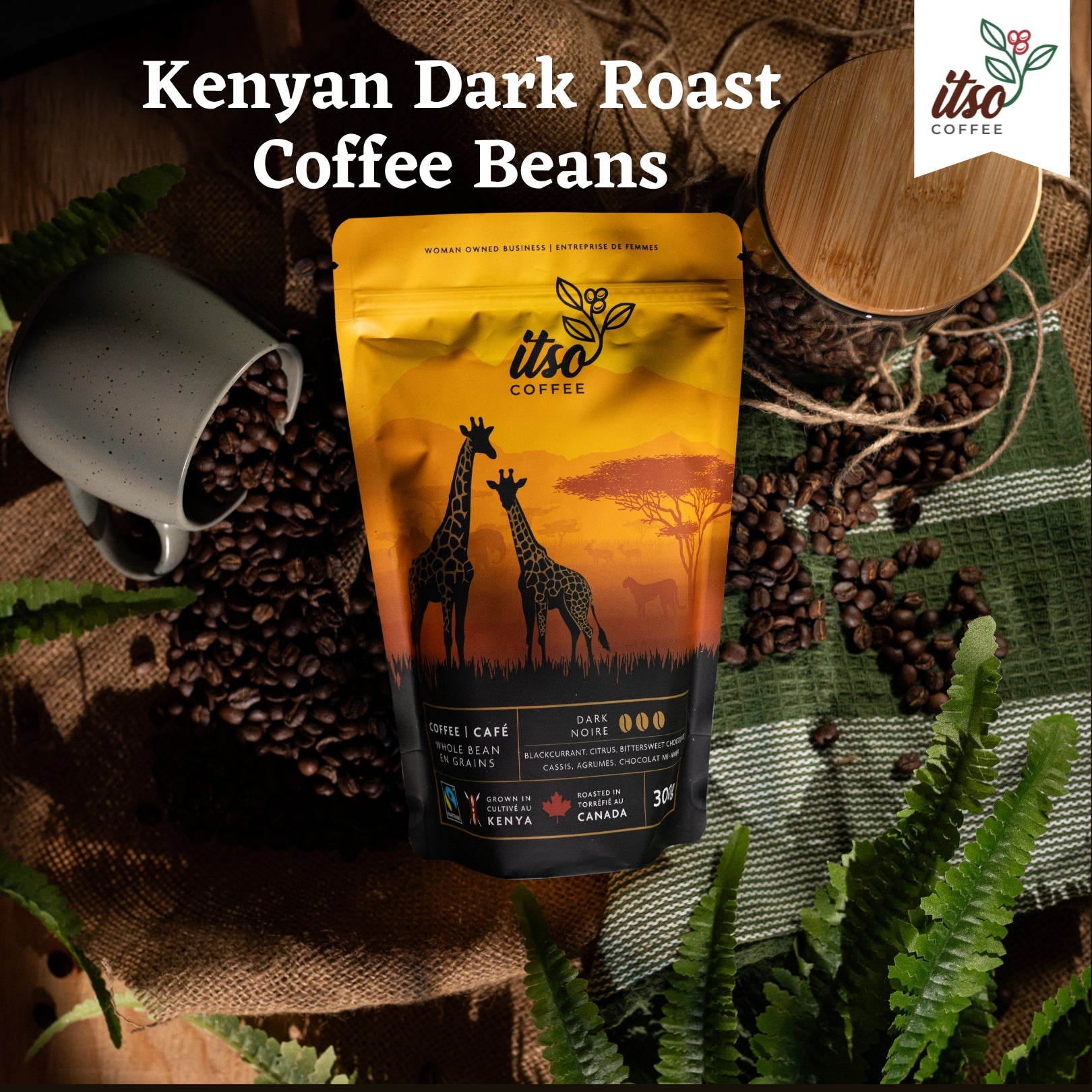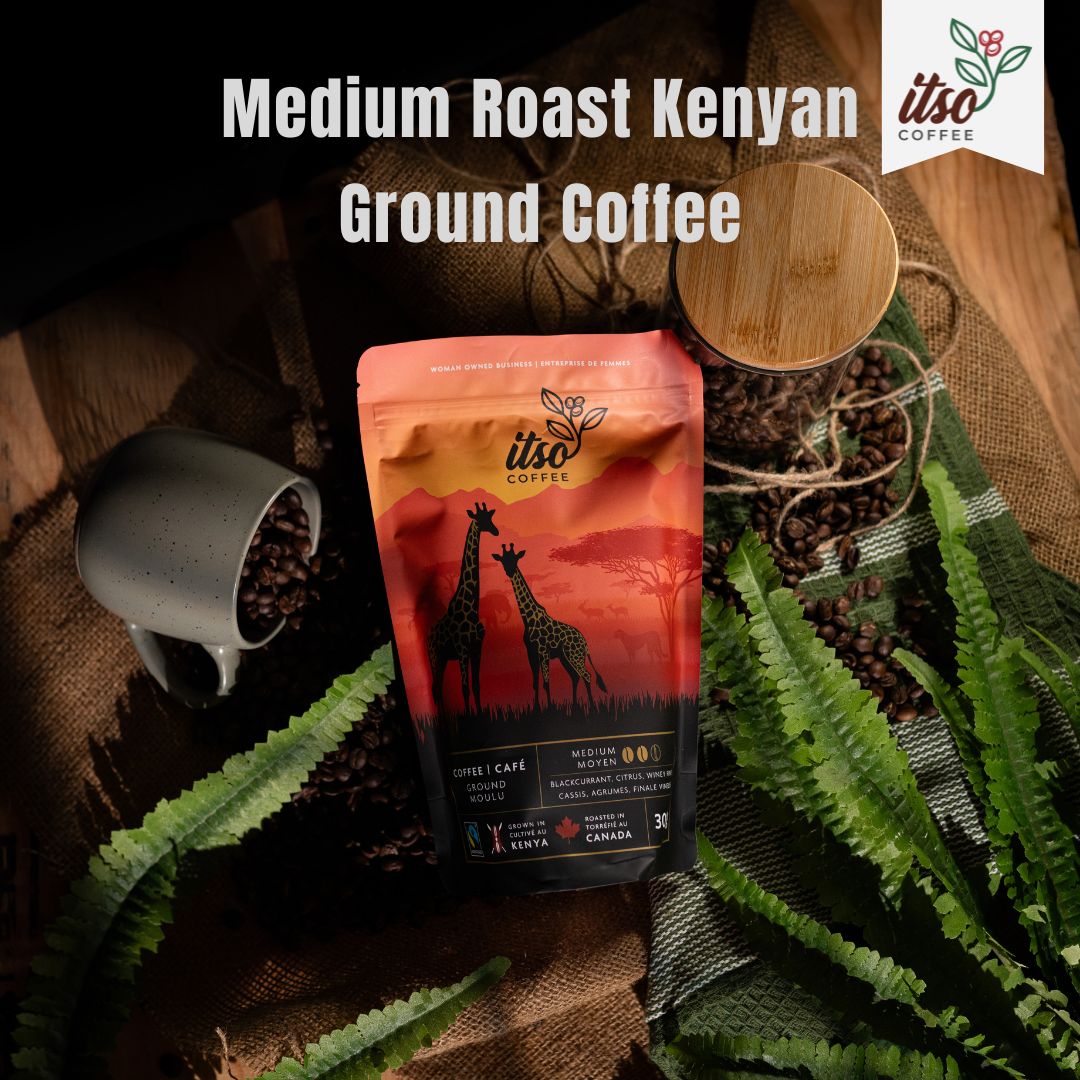
Exploring the Rich Heritage of Kenyan Coffee: A Taste Rooted in Tradition and Empowerment

The History of Kenyan Coffee: From Mission Roots to Modern Excellence
In the global coffee story, Kenya’s chapter began relatively recently. Coffee was introduced to the country in the late 19th century when European missionaries planted the first crops in Kenya’s fertile highlands.
During the colonial era, cultivation was tightly regulated, and indigenous Kenyans were discouraged from growing coffee as a commercial crop. However, following independence in 1963, local farmers were finally allowed to participate in the industry.
Over the decades, coffee became deeply woven into Kenya’s economic and cultural identity. Today, Kenya is world-renowned for producing some of the finest Arabica beans, recognized for their exceptional flavor, quality, and craftsmanship.

The Ideal Terroir: Kenya’s Highlands
Most Kenyan coffee is cultivated in the high-altitude plateaus surrounding Mount Kenya and the Aberdare Ranges, regions known for their volcanic red soil, rich in minerals and organic matter.
These areas experience consistent rainfall, moderate temperatures, and abundant sunshine — perfect conditions for growing slow-maturing coffee cherries with dense, complex flavors.
Farmers often practice agroforestry, planting shade trees that protect crops, preserve biodiversity, and promote environmental sustainability.
Varietals and Flavor Profiles: The Taste of Kenya
Kenyan coffee owes its unique character to the distinct Arabica varietals cultivated in the region.
The two most celebrated are SL28 and SL34, developed for Kenya’s climate in the early 20th century. These varietals produce coffee known for:
- Bright, wine-like acidity
- Full, rich body
- Complex, fruity notes — often with hints of blackcurrant, citrus, or tomato
- Exceptional sweetness that balances its vibrant acidity
Together, these traits make Kenyan coffee one of the world’s most prized specialty coffees — admired by roasters and connoisseurs for its depth and clarity.
Meticulous Craftsmanship: The Coffee Processing Tradition
In Kenya, quality isn’t left to chance. Every step — from picking to drying — follows generations of precision and discipline.
Selective Handpicking
Harvesting is a highly labor-intensive process. Farmers hand-pick only the ripe, deep-red cherries at peak maturity, ensuring uniform quality across each lot.
Wet Processing and Double Fermentation
Once harvested, cherries are delivered to washing stations — locally known as factories — where they’re pulped to remove the outer skin. The beans are then fermented in water tanks to dissolve the mucilage.
Kenya’s renowned double fermentation process — a two-stage method — enhances the coffee’s clarity, complexity, and brightness.
Sun Drying and Grading
After fermentation, the clean beans are spread on raised beds to sun-dry evenly. Workers turn the beans regularly to ensure consistent moisture levels.
Once fully dried, beans are milled and graded by size, density, and shape. The highest grade — AA — is the most sought-after for its bold flavor and superior cup quality.
This meticulous process reflects Kenya’s dedication to excellence and consistency in every export.
Empowerment Through Cooperation: The Role of Farmers
Kenya’s coffee industry thrives on the strength of its smallholder farmers, many of whom manage family plots of just a few acres. These farmers form the backbone of the industry, organized into cooperative societies that give them collective power.
Collective Strength
Cooperatives provide essential services — from processing and marketing to training and financing. They enable farmers to share resources, access global markets, and maintain the high quality for which Kenyan coffee is known.
In recent years, many cooperatives have adopted Fairtrade principles, ensuring that farmers are fairly compensated and empowered to reinvest in their farms and communities.
Empowering Women Farmers
While men have historically dominated coffee production, women are now taking a more active role in shaping Kenya’s coffee future.
From planting and processing to managing cooperatives, women farmers are gaining visibility, leadership, and financial independence.
By supporting women-owned coffee brands like ITSO Coffee, consumers help advance this progress — ensuring fair pay, education, and access to resources for women and their families.
Each purchase helps strengthen communities, promote gender equality, and sustain Kenya’s rich agricultural heritage.
A Legacy of Quality, Culture, and Connection
Kenya’s coffee heritage is more than a story of soil and climate — it’s a testament to resilience, craftsmanship, and community.
Each cup embodies generations of expertise, dedication, and care — from the farmer’s field to your mug.
As Fairtrade and women-led initiatives continue to grow, Kenya’s coffee industry is becoming a global model for sustainability and empowerment.
When you enjoy Kenyan coffee, you’re tasting not just flavor — but history, culture, and purpose.

☕ Follow ITSO Coffee on Facebook and Instagram to explore the stories, farmers, and flavors that make Kenyan coffee truly extraordinary.
Frequently Asked Questions
1. What are the main coffee varietals grown in Kenya?
The most common Arabica varieties are SL28 and SL34, known for their high quality and vibrant flavor.
2. How is Kenyan coffee processed?
It’s typically processed using the washed method, often with a double fermentation stage that enhances clarity and acidity.
3. Why is Kenya’s coffee grading system important?
Grades such as AA, AB, and PB ensure consistent quality by classifying beans by size and density — a hallmark of Kenya’s attention to detail.
4. What role do cooperatives play in Kenya’s coffee industry?
Cooperatives empower smallholder farmers by providing access to markets, resources, training, and fair trade opportunities.
5. Does altitude affect Kenyan coffee flavor?
Yes. High-altitude farming slows cherry maturation, producing denser beans with more complex, distinctive flavor profiles.




